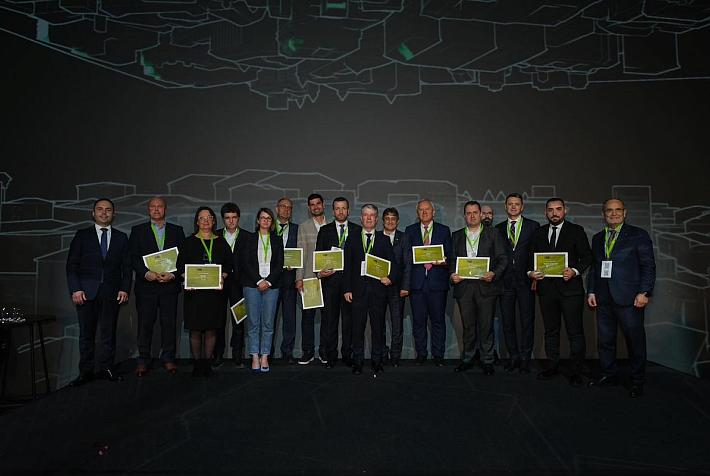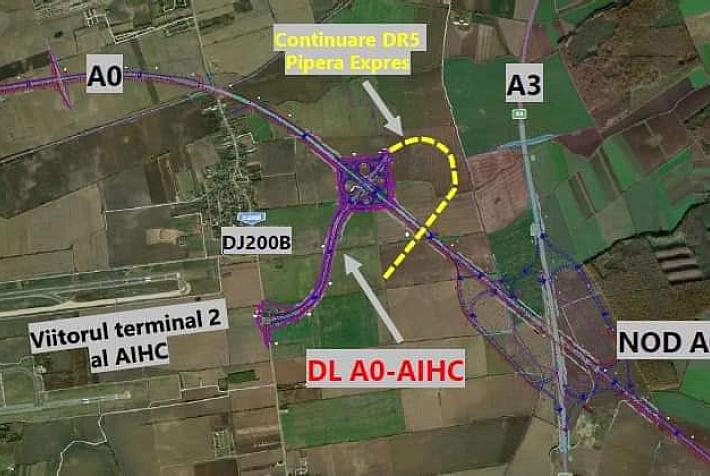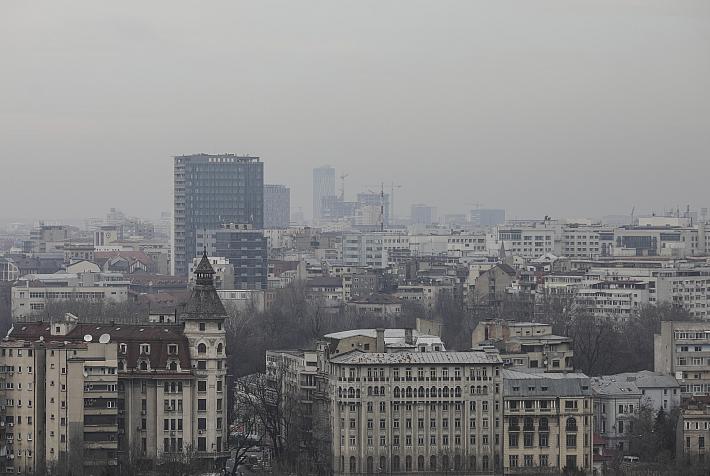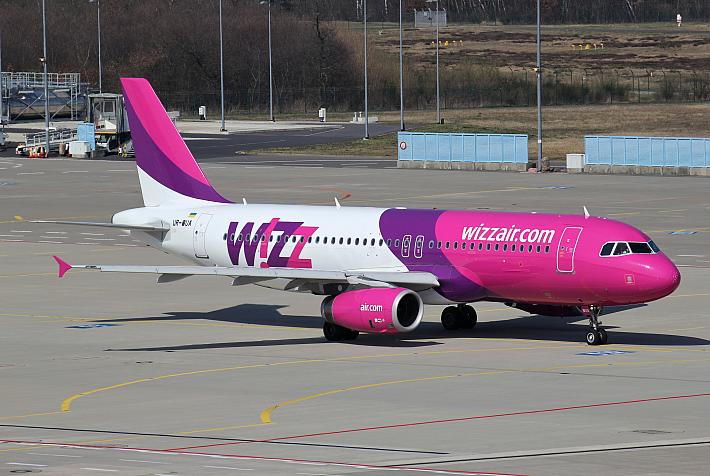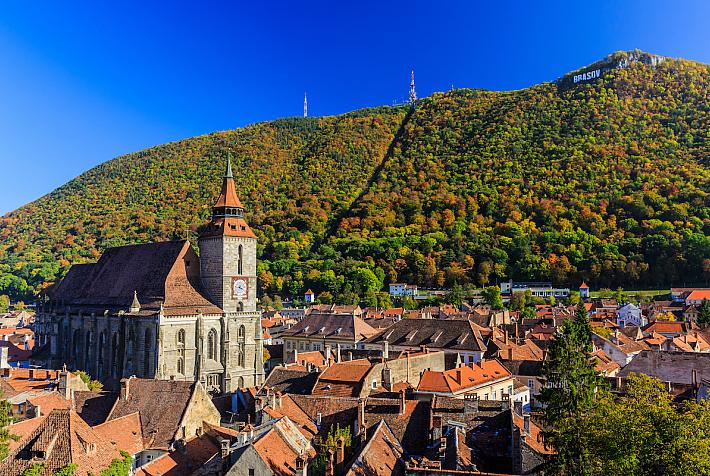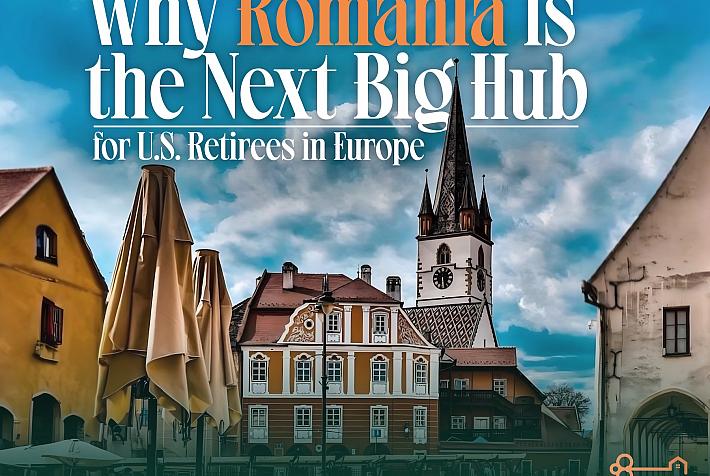Dolphinarium in Romania's seaside city Constanta to get facelift and expansion with EUR 2.8 mln
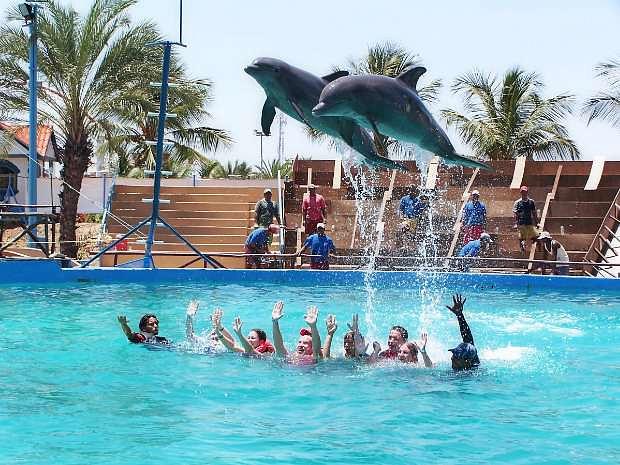
The dolphinarium in Romania's seaside city of Constanta will be modernized on a EUR 2.8 million budget. It will double its capacity, and will host up to 1,350 visitors. The existing building which hosts the dolphinarium will be expanded and modernized, as well as equipped with a ventilation system and an air dehumidifier. An elevator for disabled people will also be installed.
The place has been facing a higher number of tourists during summer than its capacity. Until the expansion and modernization project is finished in April 2015, dolphin shows will be held in the cover pool. “Dolphins do not agree to more than four – five shows a day, and we had cases when we could not allow all tourists in because we did not have enough space,” said Adrian Balba, the head of the Constanta Natural Sciences Museum, which manages the dolphinarium.
Most of the funding will come from the natural sciences museum – two thirds – and a third from EU money.
The Constanta dolphinarium is also open off season, from October 1 to June 1, when shows are only held on Saturdays and Sundays, with dolphin trainings the rest of the week. The entry ticket for the dolphinarium, micro-reservation and the exotic birds exhibition is RON 25 per adult, and RON 12 for students. Children under 5 enter for free. The Constanta dolphinarium opened in 1972, when it was the only dolphinarium in south east Europe.
Among the world's smartest animals, dolphins are marine mammals and come in about 40 species. The most common dolphins in a dolphinarium are bottlenose dolphins. These dolphins search for prey using echolocation, similar to sonar. They emit clicking sounds and listen for the return echos to determine the location and shape of nearby items, including potential prey. Bottlenose dolphins also use sound for communication, including squeaks and whistles emitted from the blowhole and sounds emitted through body language, such as leaping from the water and slapping their tails on the water surface.
editor@romania-insider.com







